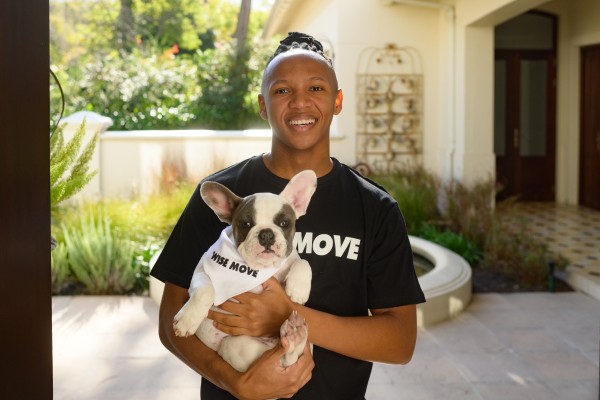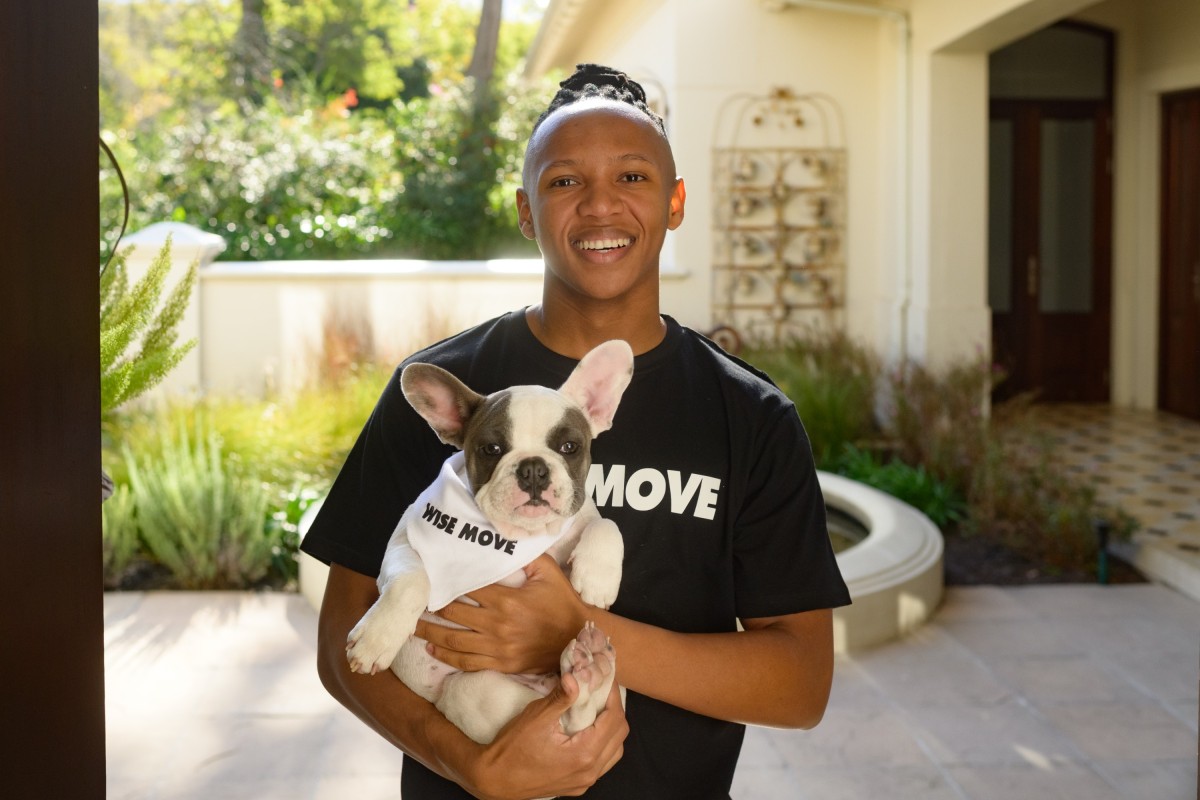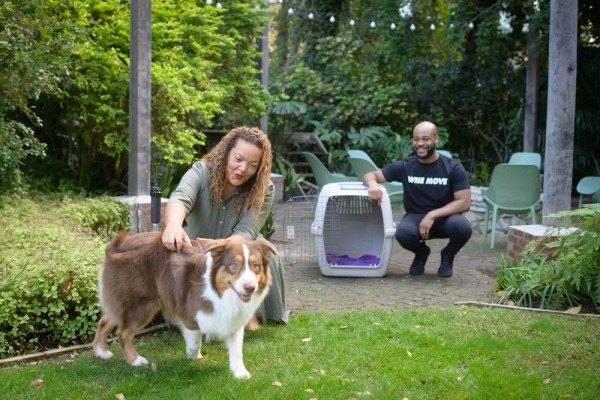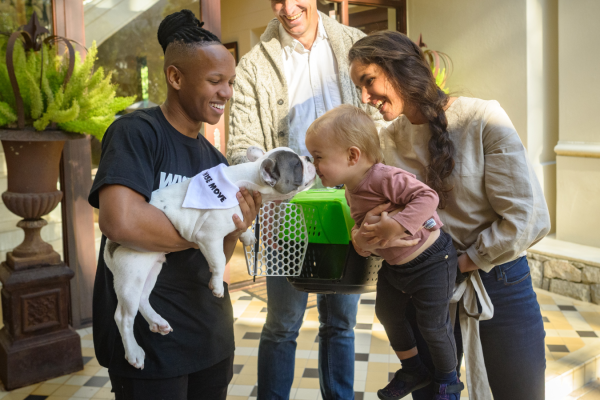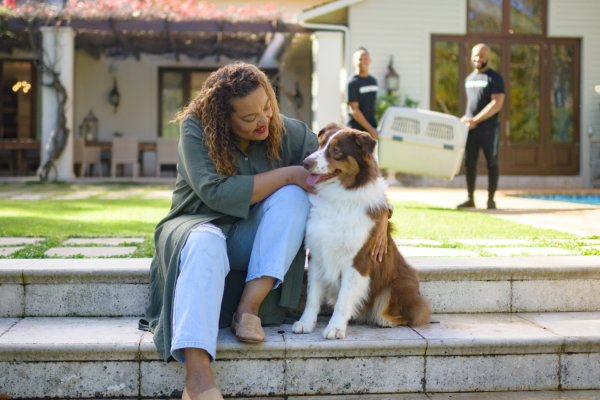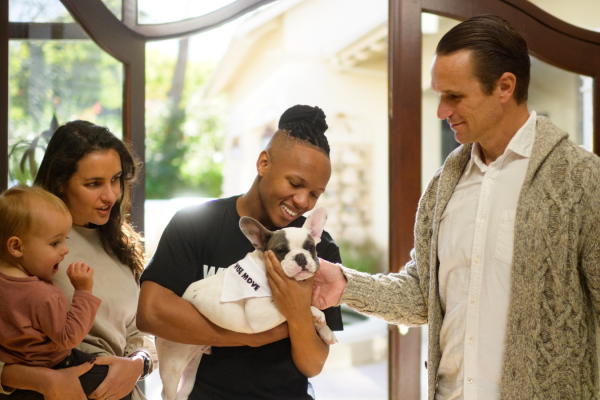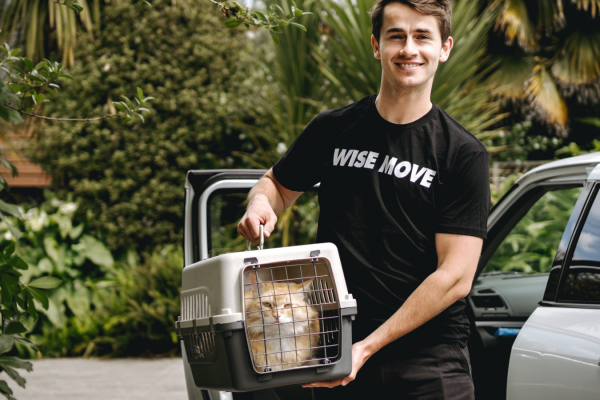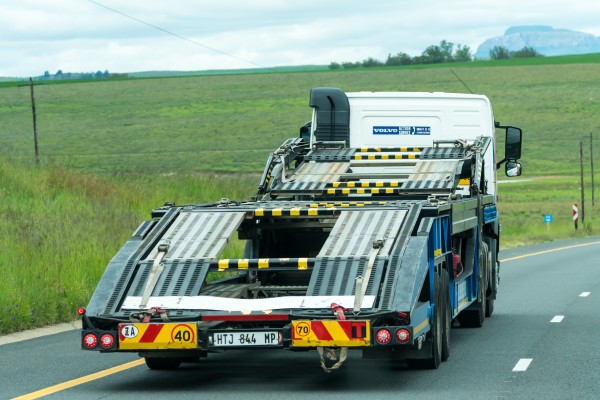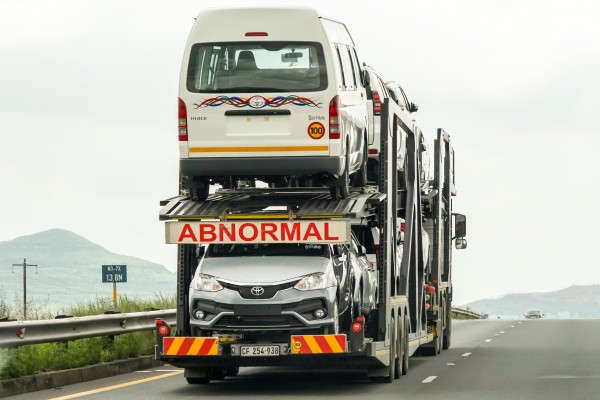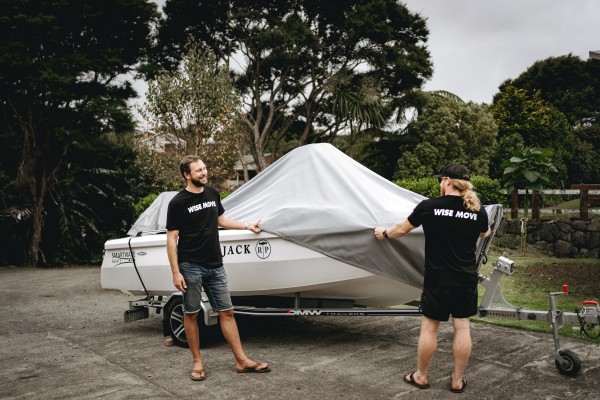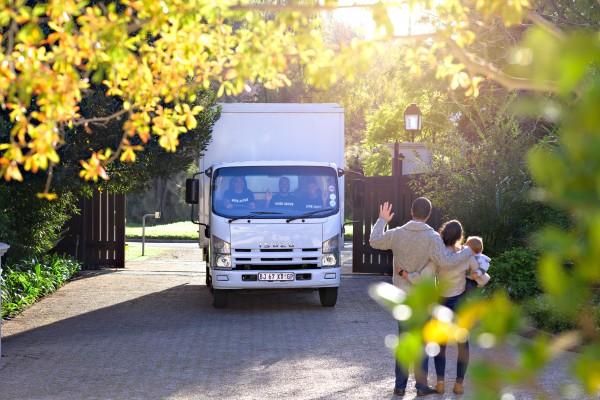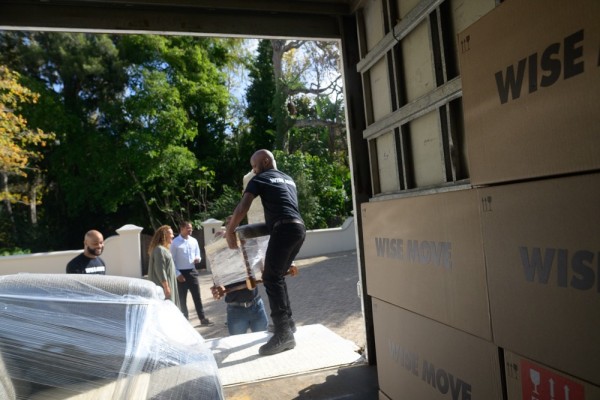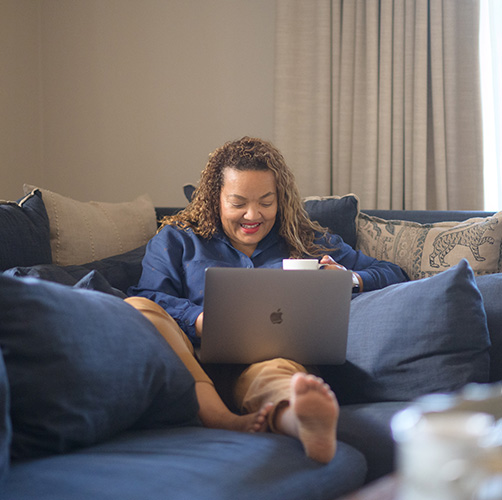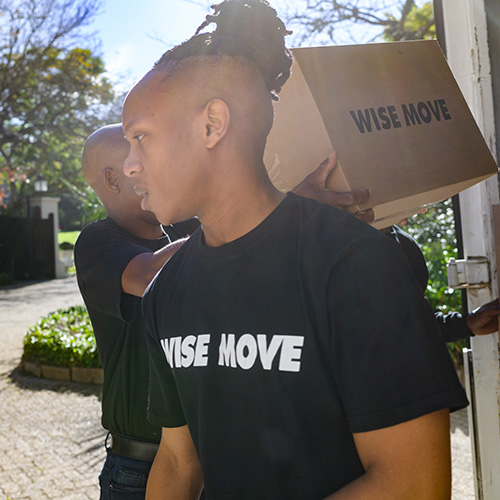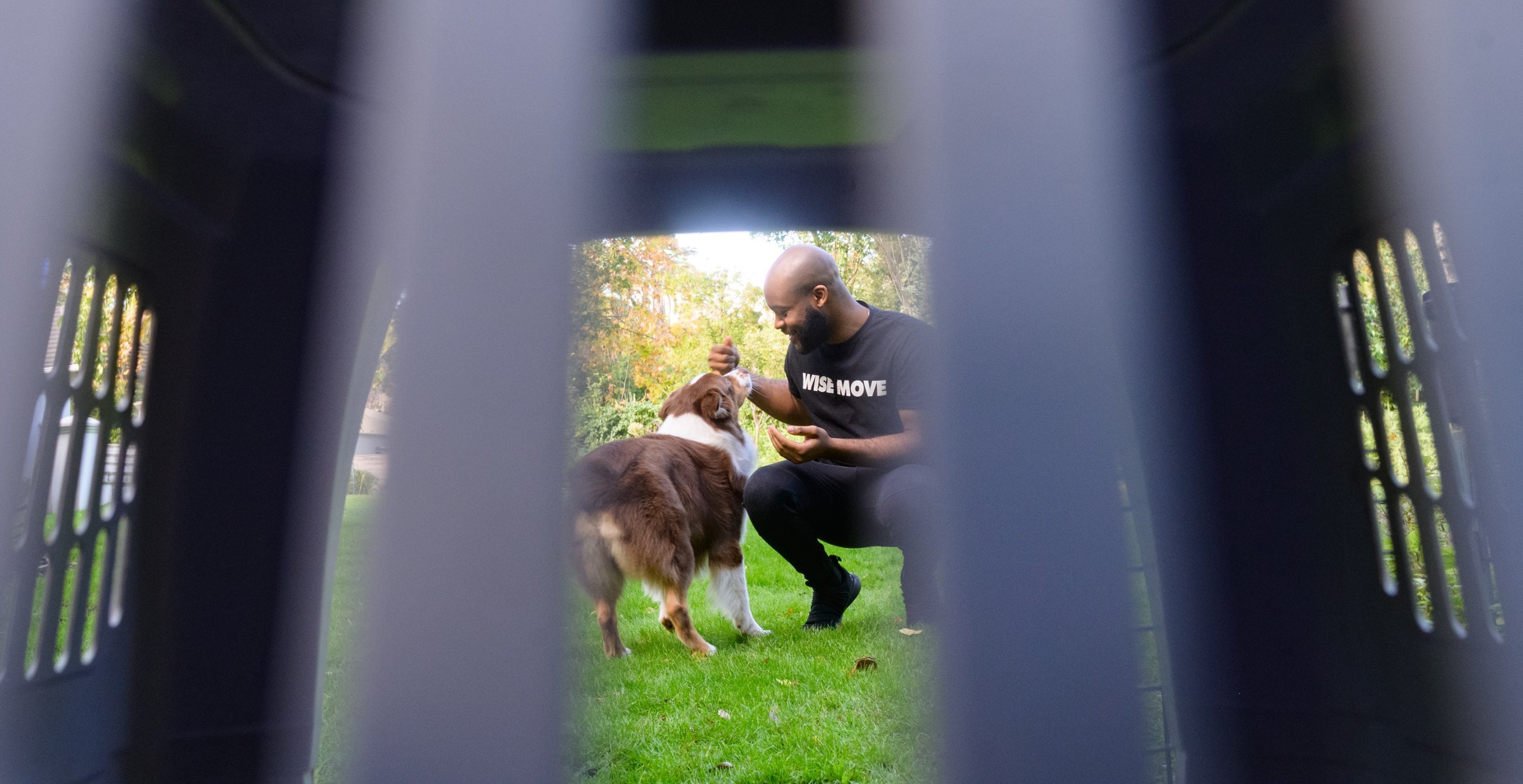
Are you and your pet jet-setting on a new adventure across the country? Or even across the seas? Well, whether it’s just for a short trip or you’re starting your new life in a new home, it’s a very exciting time, but also a very stressful one.
Among many questions, like which moving service you should choose, here’s the big question — how do you fly with pets? While there are quite a few things that need to be considered, it’s actually a lot simpler than you might think.
Here’s our complete guide to flying with pets with everything you need to know to get you and your furball across the skies and to your new home!
Which Pets Are Allowed to Fly in South Africa?
You'd think pets are pets, but it depends on the airline’s restrictions. In most cases, dogs and cats are allowed to fly in South Africa, and in some cases, small household birds are allowed as well.
However, snakes, lizards and rodents like hamsters and rats usually aren’t allowed.
Transporting your pets on a plane can be a stressful experience for many pets, so do consider if it is necessary.
Obviously, if you are moving internationally, you don’t have much of a choice. With local moves, you can choose between air or road transport. However, if you’re just going on a trip, consider checking your pet into a local kennel or getting a pet sitter to look after them at home.
What Are the Requirements and Restrictions?
Each airline has its own set of requirements and restrictions for which breeds are allowed where on the plan, the max size and weight, the crate requirements, the health of the pet and more.
It’s important to check with your airline to see what is allowed and what its requirements are.
Here are some general requirements and restrictions to consider:
-
While most breeds of dogs and cats are allowed, brachycephalic breeds of dogs, or snubbed-nose breeds, sometimes have certain restrictions because they can be a higher health risk due to their difficulty breathing when agitated — either certain crate and storage requirements or they must be transported in the cabin with you.
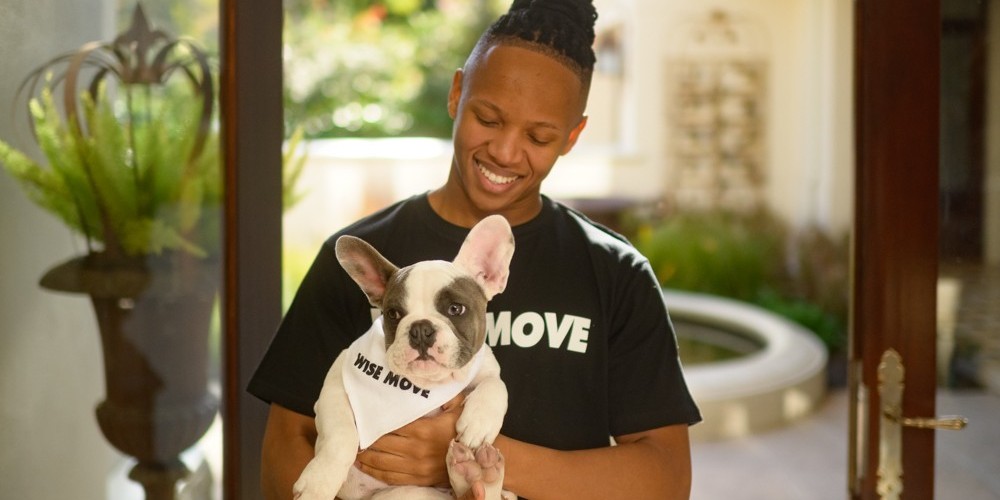
-
In most cases, pets aren’t allowed in the cabin and instead are stored in a dim-lit and temperature-controlled cargo hold. However, most service dogs are allowed in the cabin with you, and in some cases, small dogs under a certain size and weight can sit with you.
-
There are also health and vaccination requirements where your pet must be up to date with its vaccinations, particularly rabies, and must sometimes have a health check from a vet. You will need to present these certificates to the airline, so remember to bring them with you.
-
Pets also have age requirements, as puppies or kittens that are too young usually aren’t allowed to fly.
-
Your crate will have to meet certain requirements depending on the airline concerning the material, size, ventilation, handles and frame. For example, SAA does not allow crates exceeding 1m x 1m and 23kg, while Mango does not allow a combined weight above 32kg. In most cases, your pet must have enough space to stand up, lie in a natural position and turn around.
-
If you are flying overseas, you must confirm your pet is allowed to land there and acquire all the necessary documentation beforehand. For example, pit bulls aren’t allowed in certain countries.
View this post on Instagram
Which Airlines Allow Pets on Planes in South Africa?
Most domestic airlines in South Africa allow pets on planes, including:
*FlySafair only allows service dogs at this stage. Other airlines, like Kulula and Mango, aren't operating anymore.
While most local airlines only allow pets in the cargo hold, with the exception of service dogs, Lift now offers dog-friendly flights where small dogs under 8kg are allowed to travel with you in the cabin.
If you’re looking at international flights, there are quite a few top-rated airlines that transport pets:
Note that these airlines are likely to have different restrictions and requirements to local airlines, so make sure to thoroughly research each airline.
How Much Does It Cost to Fly Your Pet?
Usually, your pet and its crate are regarded as excess baggage and are charged as such. The cost of flying your pet varies on your chosen airline. Here are a few prices to give you an idea:
| SAA | Airlink | LIFT (in Cabin) | |
| Airline Charge | R300 excess charge |
R40 per kg (pet & crate) |
General ticket price |
| Travel Crate |
R1000 - R2500 |
R1000 - R2500 | R1000 - R2500 |
| Flight Ticket | R1000 - R5000 |
R1000 - R5000 |
R1000 - R5000 |
| Total |
R2300 - R9000 |
||
On most airlines, certain service dogs are allowed in the cabin for free.
How to Organise Your Pet’s Flight
You have two options when organising your pet’s flight — you can either organise it all yourself or go through a trusted pet travel agency.
A pet travel agency takes complete care of the entire process, whether you’re staying local or travelling overseas. You can choose between door-to-door, door-to-airport or airport-to-airport transport. They also advise you on everything you need to prepare your pet for flight travel.
Popular pet travel agencies include:
If you need to travel anyway, there are a few steps you can take to ensure a seamless process:
1. Start looking for flights early to give yourself time to organise everything.
Most airlines warn that you need to organise well in advance, to ensure you have all your documents, the right crate, vaccinations, space, etc. We advise a minimum of 2 -4 weeks prep in advance.
2. Choose a pet-friendly airline
South Africa's top pet-friendly airlines for 2023 are SAA, Airlink and Lift.
3. Contact the airline for pet restrictions and requirements
Every single airline will have different requirements and restrictions, and they can change without notice - make sure you are up to date.
4. Check to see if there is space on the preferred flight, as there is often a limit on the number of pets on a plane.
The cargo hold isn't as big as you think, and to keep things safe and secure, they need to make sure your pet has enough personal space.
5. Look for direct flights with no transfers.
Transfers are a nightmare - take our word for it, go straight to where you need to be.
6. Book your own flight at the same time as your pets if you’re flying together.
This should be a no brainer, but unless you're using an agency, you really want to be on the same flight as your pet.
7. Check the weather at the time of your flight.
If it’s too hot, they won’t let your pet fly on the plane — if it’s a warmer time of year, look for a flight in the early morning or evening.
8. Prepare your pet for travel.
Getting your pet ready for the flight has to start well in advance, here are some pro tips to get your pet move ready:
Tips for moving your pets with less stress
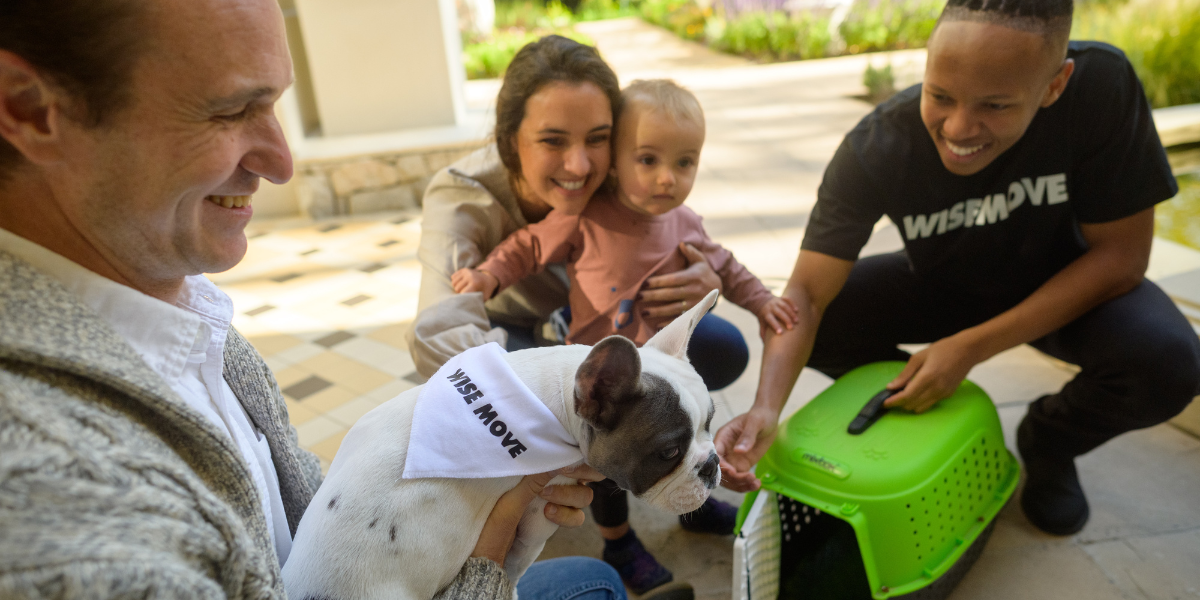
Tips to Prepare Your Pet to Fly
Flying on a plane can be a stressful experience for your pet due to all the unfamiliar sights and scents, especially when you’re not there to comfort them. But there are quite a few things you can do to prepare your pet for air travel to reduce stress and ensure smooth travel.
Ensure your pet is microchipped: While we hope for the best, in case your pet gets out, especially at an unfamiliar destination, you want to make sure they are easy to find.
Consult your vet: Check with your vet that all your pet is safe for air travel and get all the vaccination and health certificates you require.
Prepare the crate: Make sure the crate meets all the right requirements, is labelled correctly with a photo of your pet and has everything it needs inside, including a familiar scent like a t-shirt or small blanket.
Allow your pet to get used to the crate: Some pets find crate travel very stressful, so you can reduce stress by letting your pet become comfortable with the crate by first placing it in their environment, putting their food inside and then taking them for a short drive with them inside.
Freeze a bowl of water overnight: Some airlines allow you to provide water in the crates in the form of a frozen bowl of water, so don’t forget to prepare that the night before.
Keep your pet secured the night before or the day of travel: Often pets can sense when something is coming and can get agitated and hide, so make sure to keep them in a secure location before you’re set to leave so you know where to find them.
Get to the airport early: Most airlines require you to get to the airport 2 hours before your flight which gives you enough time to get everything sorted out.
Give your pet a small meal 4 hours before the flight: Avoid giving your pet a large meal too soon before the flight, as it could result in constipation or a mess during the flight, causing your pet discomfort.
Take them for a walk before the flight: You want to give your pet the chance to stretch their legs, get out their energy and relieve themselves before the flight to help ensure a peaceful flight.
Don’t tranquilise or sedate your pet: Many people might think sedating your pet will make the flight less stressful, but most airlines don’t allow this, as it is better for your pet to be alert.
Take your pet to the bathroom as soon as they land: As soon as you have your pet after the flight or if you have a layover, take them either outside to the designated pet area to relieve themselves.
Help your pet adjust to their new surroundings: Once you’ve settled in your destination, help your pet adjust to their new environment with these tips.
Looking for a Trusted Pet Transportation Service?
When it comes to your beloved pets, we know you want only the most trusted pet transportation services that will handle your furry friends with the utmost care.
With Wise Move, South Africa’s best pet transportation platform, you can browse and compare the best pet carrier services in the country. This allows you to choose the purr-fect pet carrier that suits your specific needs at an affordable price.
Get your quote today and make the Wise Move for your precious pet!
What do our customers say?



